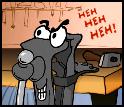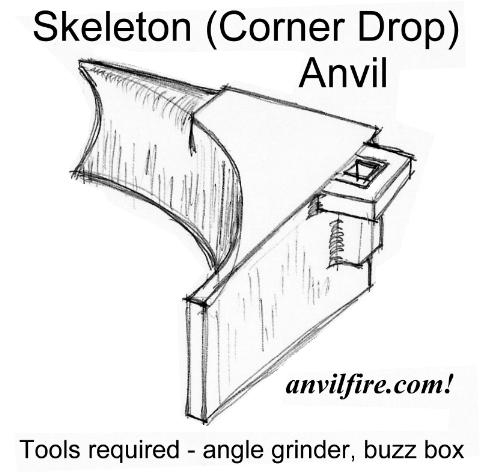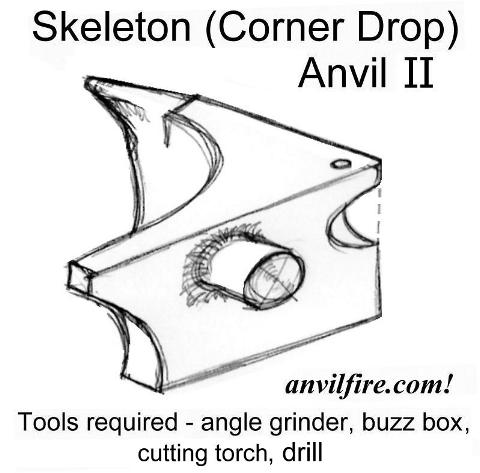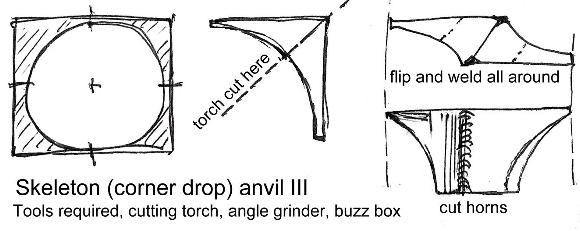|
|
| |
| |
|
|
|
|
|
|
|
|
| |
| |
| |
| |
| |
| |
| |
| |
| |
| |
|




| |
| |
|
Tell them you found it on anvilfire.com!
|
Blacksmithing and metalworking questions answered.
|
Anvil Making,
Amboß, Amboss,
l'enclume,
incudine,
el yunque, bigornia,
städ,
incus,
aambeeld,
batente
|
|
These drawings were made in response to someone asking about using odd shaped flame cut steel scrap.
When cutting single rounds from heavy steel plate warehouses often start with a square as that is what they charge the customer for.
The left over or skeleton is a square with a hole cut out of it OR four seperate corner pieces.
When cutting numerous rounds a trapeziod with concave sides is the result.
See J. Naylor's Anvil
These are common shapes so they deserve some thought.
Although laminated anvils are not very solid this shape could be stacked from several 2" to 4" (50mm to 100mm) pieces and be quite solid.
Use your imagination but remember that compact soild mass is best.


The ideas above are using the drop as-is as much as possible.
The design below is much more creative use of the material but requires a heavy cut through the plate.
Standard torches may go to 4" but 6" and above require heavy duty industrial torches.
Here there is also a lot of welding to put the two pieces back together.

This results in a thing of beauty. A very "anvil" looking blacksmiths anvil with square and round horn.
Feet could sculpted and a hardy hole created at the center joint and
punching holes drilled in the square horn.
References and Links
|
|
|






städ, incus, aambeeld, batente